TEACHER’S GUIDE Sample







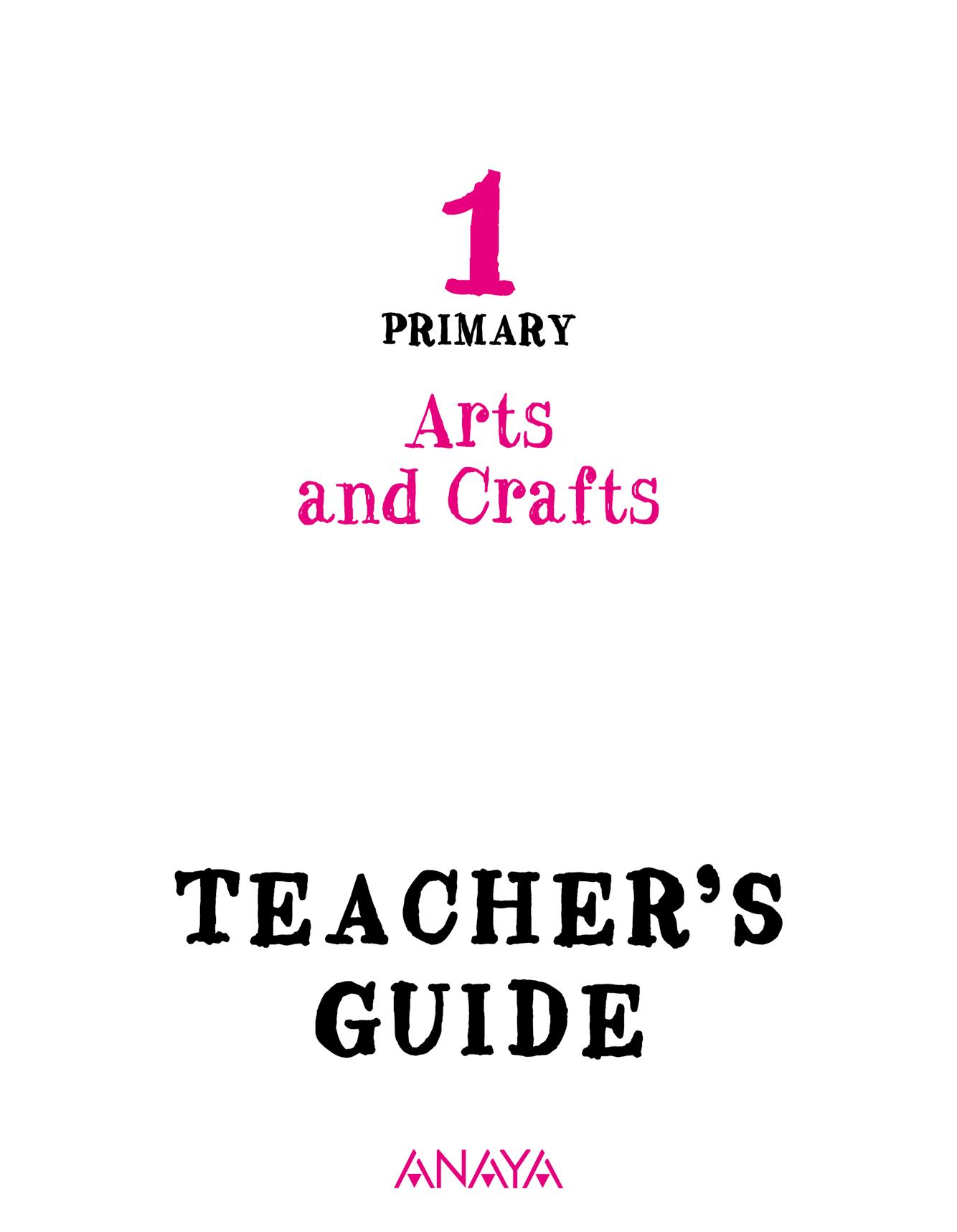



Global Action, Anaya’s new project for Primary Education, proposes pedagogical keys that place pupils at the center of the learning process.

Lifelong learning.
Global Action is a project:
Competence-based, committed, interdisciplinary, inclusive
Based on active methodologies and with a new digital project:
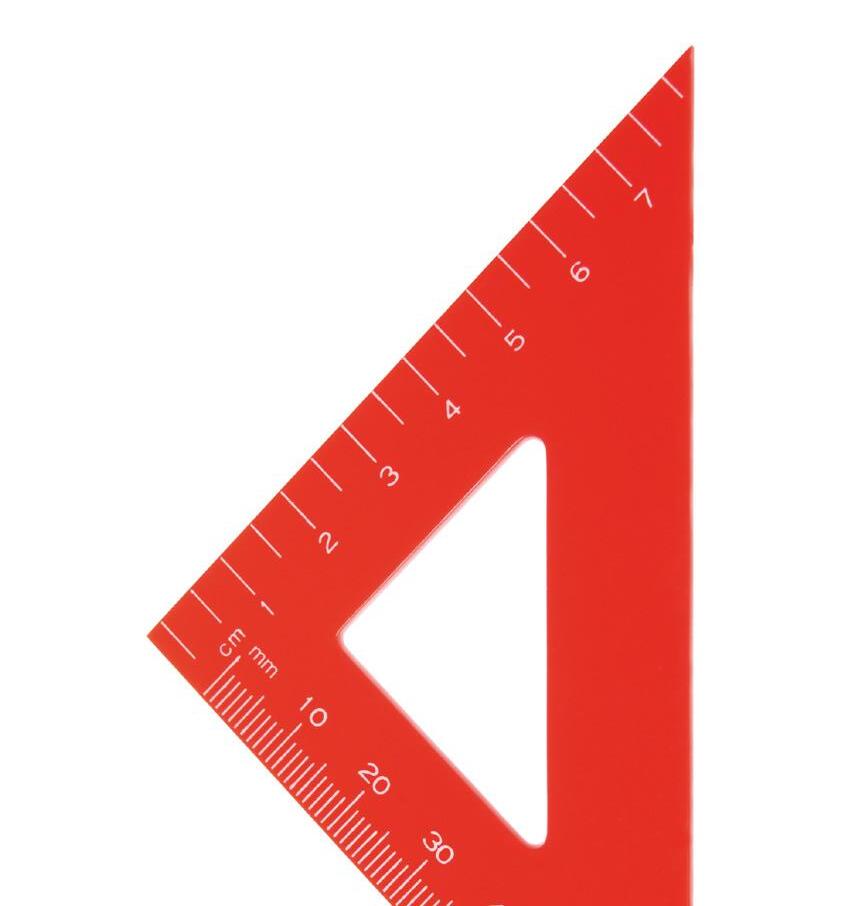
Global Action aims for gradual and inclusive skills acquisition. It helps pupils to learn how to act in the situations that they face in their daily lives.
Situations outlined in the SDGs, which invite pupils to make a final reflection with a transformative proposal.
Competence-based activities
Activities that prepare pupils for day-to-day decision-making.
Competence-based evaluations
They are a key element for inclusion and academic success, with an inclusive and flexible approach. It responds to the outbound skills profiles of the pupils at this level.

The pupils will play an active role in the project, which goes beyond the school setting. They will be involved in proposals that contribute towards transforming their family, social, cultural and natural environments for the benefit of a more sustainable world in all areas.

It involves areas such as cultural diversity, the culture of peace, adopting sustainable lifestyles, equality, etc.
In the context of the learning situations, proposals are made, inviting students to participate in a transformative plan.
This project was created with a firm commitment to the principle of inclusive education and the creation of better learning conditions for all pupils. To achieve this, it offers resources for personalised teaching, flexible structures and reinforcement mechanisms.
UDL Guidelines
Based on the document Guidelines on Universal Design for Learning.
The bottom line
The project identifies the essential learning that will allow pupils to acquire the expected outbound profile, helping teachers to adapt the pace and detail, making use of appropriate active methodologies in each case.




It offers various options for presenting information such as subtitled videos, audios, summaries, diagrams and interactive activities that make customisation easy.
Anaya Online Inclusion

A powerful inclusion tool that offers resources to personalise learning according to the pupils’
An action-oriented model with integrated areas of knowledge, abilities, skills and personal and collaborative attitudes are enhanced, resulting in contextualized learning.
An inclusive learning experience is presented in the interdisciplinary projects. Pupils will carry out research and produce a final product with a transforming objective.

A transversal plan with the following objectives:
• Improve the pupils’ oral and written expression.
• Stimulate interest in reading and reading habits.
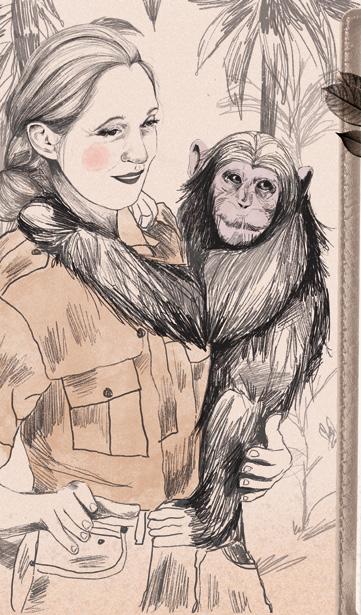

Global Action presents a set of methods, techniques and strategies that encourage teamwork and critical thinking. A way of working that prepares pupils for real life situations.
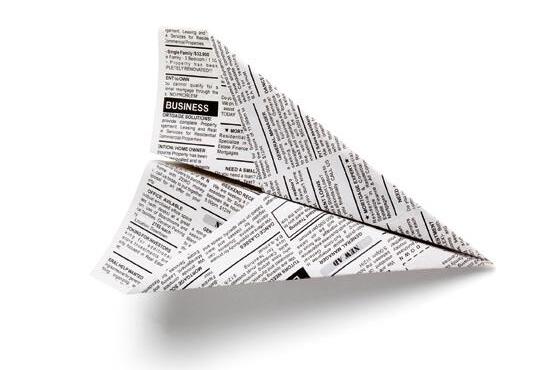
Cooperative learning
Cooperative techniques and structures organised in a progressive way.
Thinking strategies to promote learning skills, helping pupils to become aware of their mental processes and to act in a reflective and critical manner.
Emotional education
Skills that help pupils identify and recognise emotions, regulating and managing them.
Integrated use as a resource to obtain information, select it and use it for a specific purpose. It favours the development of planning, management and work preparation skills, network communication and collaboration, and digital skills.

Learning through play
Gamification comes to the class via activities and games.
It incorporates strategies that allow pupils to participate in the evaluation of their learning by analysing what they have learned and how they have learned.




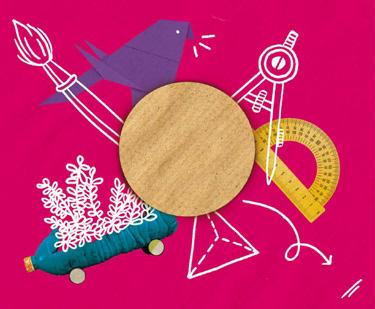

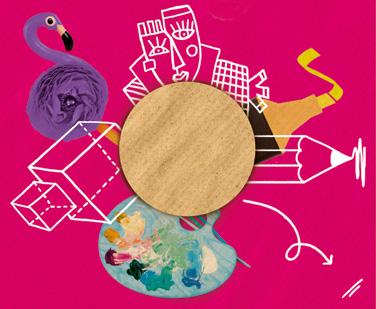
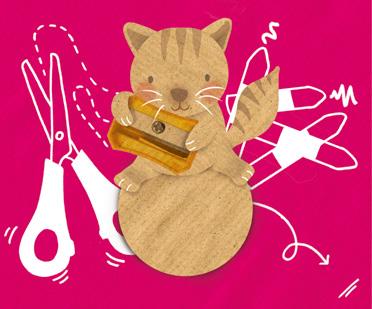


One workbook per course with a skills-based approach to learn by applying what has been studied. They are organised in three units, one per term.
Its final pages offer proposals for working on water-based and three-dimensional techniques on paper with the appropriate characteristics and grammage.









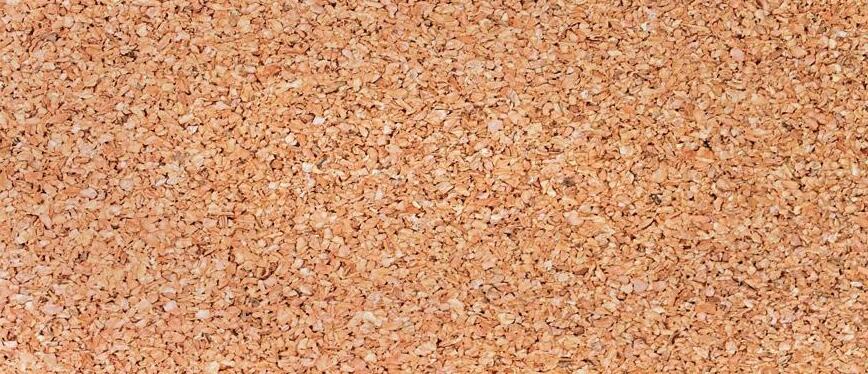
They reproduce the pages of the pupil’s book to enrich it with complementary activities, didactic suggestions, a list of digital resources, answer keys, etc.
PRIMARY 1 Arts and Crafts
TEACHER’S GUIDE
PRIMARY 2 Arts and Crafts
TEACHER’S GUIDE
Globalaction
PRIMARY 3 Arts and Crafts
TEACHER’S GUIDE
Globalaction
PRIMARY 4 Arts and Crafts
TEACHER’S GUIDE
Globalaction
PRIMARY 5 Arts and Crafts
TEACHER’S GUIDE
Globalaction
PRIMARY 6 Arts and Crafts
TEACHER’S GUIDE
Globalaction
Globalaction

In addition to the resources and tools described in the pages of the digital project, the Language books have:
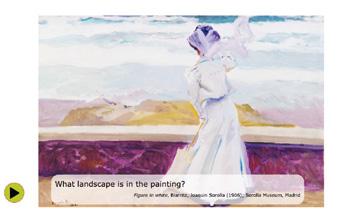
– Interactive activities.

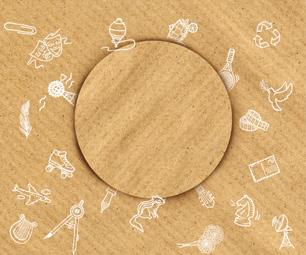

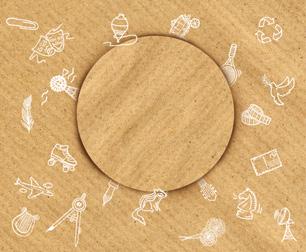


- Videos.







- Techniques and materials.

- Theatre, etc.


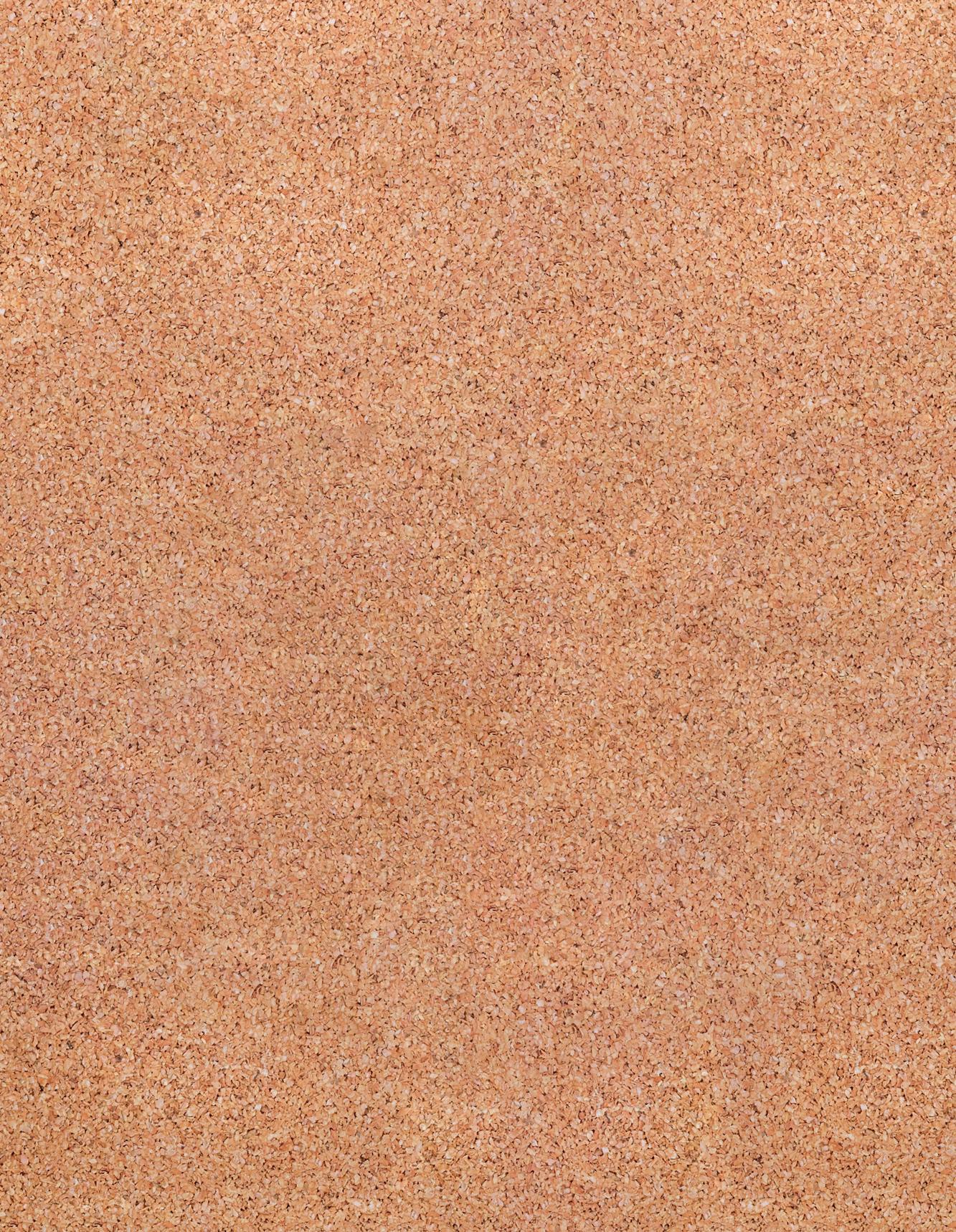
A digital project covering all course content which adapts to any platform and device.
Versatile
Adaptable to different approaches and needs: for those who complement the paper book and for fully digital classrooms.





Traceable
You will be able to visualise the completion and results of the proposed activities.

Intuitive. Easy to use for you and your students.

Downloadable. You can use it without an internet connection and download it to more than one device.
Multi-device. It adapts to any type of device (computer, tablet, smartphone, etc) and works with any screen size and resolution.
Contains a variety of resources such as videos, animations, gamification, self-assessment activities and self-correcting interactive activities
It is much more than a copy of the paper book.
Inclusive
Its environment facilitates the personalisation of learning by adapting the tasks to the pupils’ needs.

Competence-based
Multimedia elements of high educational value designed to facilitate the acquisition of digital skills.
Synchronisable . Any changes made by the user are automatically synchronised when connecting any of the devices that they are using.





Universal Compatible with all operating systems, virtual learning environments (VLE) and educational platforms (LMS) most commonlyused in schools.
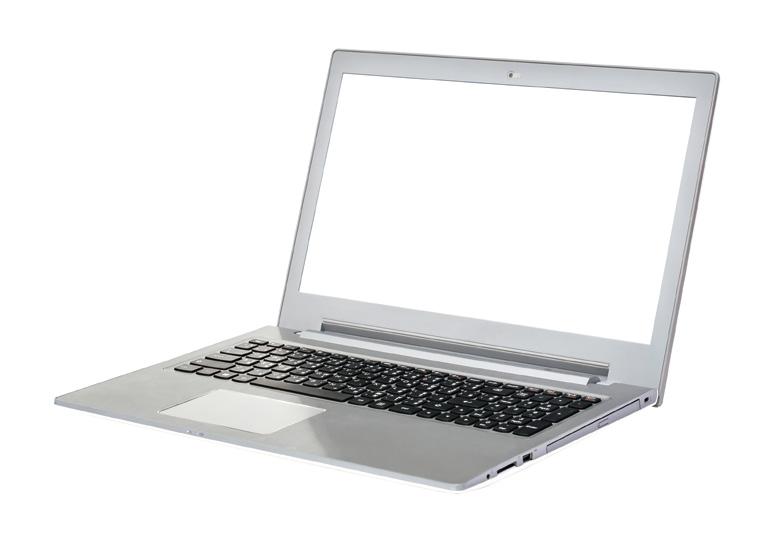
In my pencil case


For Year 1 and Year 2, an active book combines the digital version of the pupil’s book with the resources developed for the multimedia and interactive reproduction of all the contents of the course, gamification, audio, video, etc.

For classroom work and homework, the active book can be used as a digital complement to the printed book or as an independent learning tool.

From Year 3 to Year 6, a specially designed format for the educational digital environment, using all the technological potential and is compatible with any device. Specific editions of all the theoretical and practical contents of the textbook have been made to obtain an interactive and dynamic version that includes all the curricular content corresponding to that level, together with a wide variety of multimedia resources, videos, gamification.
Resources


Active methodologies (like techniques and strategies) and resources for the following:

• Show: videos, presentations...


• Study: summaries, interactive activities...

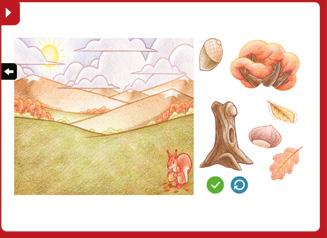
• Learn: gameroom, learning through play...

• Evaluate: self-assessment, portfolio...







Programming, teacher’s guides and documentation of the project


•The keys to Global Action.
• Teacher’s guide.
• Schedules.


The Outbound Profile of students at the end of basic education identifies and defines, in connection with the challenges of the 21st century, the key skills that pupils must have developed by the end of Primary education, and introduces the guidelines on the level of performance expected at the end of Primary Education.
The aim is to ensure that every pupil who successfully completes Primary Education and, therefore, reaches the Outbound Profile knows how to mobilise the learning acquired to respond to the main challenges that they will have to face throughout their lives:
- Develop a responsible attitude towards environmental degradation, using knowledge of the factors that cause, aggravate or improve it, applying a local and global systemic overview.
- Identify the aspects related to responsible consumption, assessing its repercussions on the individual and on common good, critically judging needs and excesses and exercising social control when faced with a violation of consumer rights.
- Develop healthy lifestyle habits based on the understanding of how the body works and critical reflection on the internal and external factors that affect it, assuming personal responsibility to promote public health.
- Be sensitive to detect situations of inequality and exclusion using understanding of their complex causes, in order to grow empathy and compassion.
- Understand conflicts as inherent elements of life in society that must be resolved peacefully.
- Critically analyse and take advantage of all kinds of opportunities offered by today’s society, and those related to digital culture in particular, evaluating their benefits and risks and using them ethically and responsibly, in a way that contributes towards improving the quality of personal and collective life.
- Accept uncertainty as an opportunity to formulate more creative responses, learning to manage the anxiety that may come with it.
- Cooperate and live together in open and dynamic societies, valuing personal and cultural diversity as a source of wealth and taking an interest in other languages and cultures.
- Feeling part of a collective project, locally and globally, developing empathy and generosity.
- Develop skills that allow you to continue learning throughout your life, using the confidence in knowledge as the driving force for development and the critical assessment of the risks and benefits of this.
The key skills to be acquired are the following:
a) linguistic communication skills
b) multilingual skills
c) mathematical, scientific and technology-based skills
d) digital skills
e) personal, social and learning-to-learn skills
f) civic skills
g) entrepreneurial skills
h) cultural awareness and expression skills

Regarding the dimension of the key skills, a set of operational descriptors has been defined for each of them. These operational descriptors of the key skills represent the reference framework from which the specific skills of each area, scope or subject are specified.
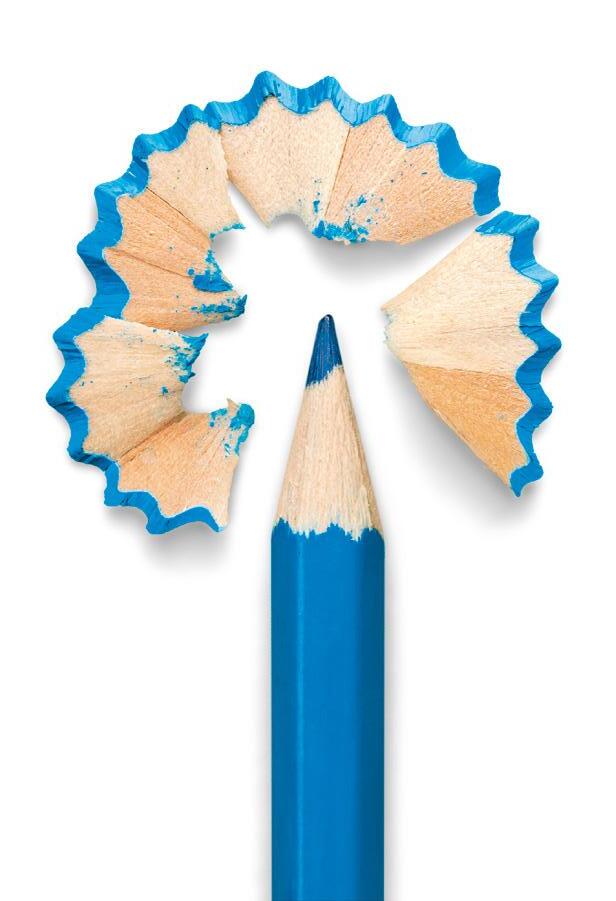
This link between operational descriptors and specific skills means that, by evaluating latter, it is possible to infer the degree of acquisition of the key skills defined in the Outbound Profile and, therefore, to achieve the skills and objectives set for each level. These operational descriptors are as follows:
LCS1. Express facts, concepts, thoughts, opinions or feelings orally, written or signed, with clarity and adaptation to daily contexts of their personal, social and educational environment, participating in communicative interactions cooperatively and respectfully, in order to exchange information and create knowledge to form personal bonds.
LCS2. Understand, decode and evaluate simple oral, signed, written or multimodal texts from the personal, social and educational domains, with occasional support, to actively participate in everyday contexts and to build knowledge.
LCS3. Locate, select and contrast, with support, simple information from two or more sources, evaluating its reliability and usefulness based on the reading objectives, and integrate and transform it into knowledge in order to communicate it, adopting a creative and personal point of view which respects intellectual property rules.
LCS4. Read works which are suitable for their development, selecting those which best suit their tastes and interests. Recognise literary heritage as a source of enjoyment and individual and collective learning, and mobilise personal and reading experience to build and share interpretation of the works and to create texts of literary intention from simple models.
LCS5. Communicative practices for democratic coexistence, managing conflicts through dialogue and equal rights for all people, detecting discriminatory uses of language as well as abuses of power using it, promoting a more effective and also ethical use of language.
MS1. The pupil uses at least one language, besides his native language or languages, to respond to simple and predictable communication needs, in a way that is appropriate both to his development and interests and to everyday situations and contexts in his personal, social and educational spheres.
MS2. Based on previous experiences, the pupil recognises the diversity of linguistic profiles and experiences strategies that, in a guided manner, allow him to make simple transfers between different languages to communicate in everyday contexts and expand his individual linguistic repertoire.
MS3. Pupils are aware of and respect the linguistic and cultural diversity present in their environment, recognising and understanding its value as a factor of dialogue, to improve coexistence.
MSTE1. In a guided way, use inductive, deductive and logical methods of mathematical reasoning in familiar situations, and select and use strategies to solve problems, reflecting on the solutions achieved.
MSTE2. Uses scientific thinking to understand and explain some of the phenomena that occur around them, relying on knowledge as the engine of development, using the appropriate tools and instruments, asking questions and carrying out simple experiments in a guided manner.
MSTE3. Complete guided projects, designing, manufacturing and evaluating different prototypes, adapting to uncertainty, to cooperatively generate a creative product with a specific objective, seeking the participation of the entire group and peacefully resolving any conflicts that may arise.
MSTE4. Interpret and transmit the most relevant elements of some scientific, mathematical and technological methods and results in a clear and authentic way, using appropriate scientific terminology, in different formats (drawings, diagrams, graphs, symbols, etc,) and taking critical advantage of, ethical and responsible digital culture to share and build new knowledge.
MSTE5. Participate in scientifically based actions to maintain health and the environment, applying principles of ethics and safety by practicing responsible consumption.
DS1. Carry out guided searches on the Internet and use of simple strategies to digitally process information selection of relevant information, keywords organization of data, etc) with a critical attitude towards the content obtained.
DS2. Create, integrate and edit digital content in different formats (text, table, image, audio, video, computer program, etc) by using different digital tools to express ideas, feelings and knowledge, respecting intellectual property and the copyright rules applicable to any content being used.
DS3. Participate in activities and/or school projects using virtual tools or platforms to acquire new knowledge, communicate, work collaboratively, share data and content in restricted and supervised digital environments safely, with an open and responsible attitude towards their use.
DS4. Be aware of the risks and adopt, with teacher’s guidance, preventive measures when using digital technologies to protect devices, personal data, health and the environment, and begin to adopt critical, safe, healthy and sustainable habits.
DS5. It begins with the development of simple and sustainable digital solutions (reuse of technological materials, computer programming by blocks, educational robotics, etc) to solve specific problems or challenges proposed in a creative way, asking for help if necessary.
PSLLS1. Pupils are aware of their own emotions, ideas and personal behavior and use strategies to manage this in situations of tension or conflict, adapting to changes and harmonizing them to achieve their own goals.
PSLLS2. Learn about the most relevant health risks and adopt healthy habits for physical and mental well-being.
PSLLS3. Recognises and respects the emotions and experiences of others, actively participates in team work, assumes assigned individual responsibilities and uses cooperative strategies aimed at achieving shared goals.
PSLLS4. Recognises the value of effort and personal dedication to improve their learning process and adopts critical stances when guided reflection processes take place.
PSLLS5. Plan short-term goals, use self-regulated learning strategies and participate in self and peer assessment processes, recognising limitations and knowing how to ask for help during the knowledge acquisition process.
CS1. Understands the most significant historical and social facts related to their own identity and culture, reflects on the rules of coexistence, and applies them in a constructive, communicative and inclusive manner to any context.
CS2. Engage in community activities, decision-making and conflict resolution in a communicative and respectful manner with democratic procedures within the framework of the European Union and the Spanish Constitution, human and children’s rights, the value of diversity and achievement of gender equality, social cohesion and the Sustainable Development Goals.
CS3. Reflect and discuss contemporary values and ethical problems, understanding the need to respect different cultures and beliefs, care for the environment, rejection of prejudice and stereotypes, and opposing any form of discrimination and violence.
CS4. Includes the systemic relationships between human actions and the environment and begins with sustainable lifestyles adoption, to contribute towards the conservation of biodiversity from both a local and global perspective.
ES1. Recognises challenges to be faced and develops original ideas, using creative skills and becoming aware of the consequences and effects that ideas could have on the environment, to propose valuable solutions that respond to the detected needs.
ES2. The pupil identifies his own strengths and weaknesses using self-knowledge strategies, with the knowledge of basic economic and financial elements, applying these to situations and problems faced in his daily life, to detect those resources that can turn original and valuable ideas into actions.
ES3. Create original ideas and solutions, plan tasks, cooperate with others and work as a team, valuing the process carried out and the result obtained, to carry out an entrepreneurial initiative, using previous experience as an opportunity to learn.
CAES1. The pupil recognises and respects the fundamental aspects of the cultural and artistic heritage of any era, understanding cultural differences and the need to respect them, interculturally.
CAES2. The pupil recognises and is interested in the intentions and characteristics of the most outstanding artistic and cultural manifestations of heritage, through their languages and technical elements, in various media and formats, in a context which is continuously transforming.
CAES3. The pupil improves and builds his identity, interacting with the environment and society, through creative cultural and artistic expression, using his own body and developing his affective skills, with an open and inclusive attitude towards others.
CAES4. The pupil uses different representations and artistic expressions in a creative way, using plastic, visual, audiovisual, sound and corporal techniques to create artistic and cultural proposals, working with others.
The key elements of Global Action significantly reinforce the operative descriptors of the outbound profile of primary school students, regarding key skills. In the following table we can see how the key elements of Global Action contribute towards the achievement of the output profile:
Key skills: LCS linguistic communication skills. MS multilingual skills. MSTE mathematical, scientific, and technology-based skills. DS digital skills. PSLLS personal, social and learning to learn skills. CS citizenship skills. ES entrepreneurial skills. CAES cultural awareness and expression skills.
Working on specific competences in each of the units also helps students to achieve the learning outcomes. The table below shows how the specific subject-area competences relate to the learning outcome descriptors at Primary.

PC3, STEM1, DC1, PSCL2L3, CC1, SIE2, CAE1, CAE2
Explore different styles of art

1. The active exploration of different genres, styles, periods and cultures in art serves to develop curiosity and respect for diversity.
CLC3, PC3, STEM2, DC1, PSCL2L4, CC3, CAE1, CAE2
Cultural and artistic enquiry
2. Investigate art in a cultural context, using different channels, media and techniques, in order to appreciate them, understand their value and begin to develop an artistic sensitivity of their own.
CLC1, DC2, PSCL2L1, PSCL2L5, CC2, SIE1, CAE1, CAE4
Express and experiment with image-making methods and digital media to produce their own work
3. Express and communicate ideas, feelings and emotions creatively, experimenting with the possibilities of sound, image, the body and digital media, in order to produce their own works.
CLC1, CLC5, PC3, STEM3, CC2, SIE1, SIE3, CAE1, CAE4
Participate in cultural and artistic productions
4. Participate in the design, making and publication of individual and collective cultural and artistic productions, appreciating the creative process; and assuming different roles to achieve the final result, in order to develop one’s creativity, pride in one’s work and a sense of belonging.
The basic knowledge must be applied in different real contexts to achieve the specific competences of the area. In the Arts and Crafts area, these basic knowledge will be worked on in the First cycle:


• Important artworks from different movements and styles in the history of art by local, regional and national artists.
• Basic strategies for active student response.
• Basic rules of behaviour in response to artworks in different spaces. Silence as an indispensable element and condition for focusing one’s attention on artworks.
• Glossary of terms for the plastic, visual and audiovisual arts, music and the performing arts.
• Basic digital resources for the plastic, visual and audiovisual arts, music and the performing arts.
• Visual culture. Image in the modern world: basic reading techniques.
• Basic elements of visual language: dot, line, plane, texture, colour.
• Materials, instruments, surfaces and basic techniques used in plastic and visual expression.
• Media, surfaces and materials in plastic and visual expression.

• Basic two and three-dimensional techniques used in drawings and simple modelling.
• Suitable tools for recording images and sound.
• Basic strategies and techniques for composing simple audiovisual stories.
• Basic film concepts.
• Steps in the creative process: guided strategies and experimentation.
• Careers in the plastic, visual, audiovisual, performing arts, and in music.
• Engagement with both the process and the final product in plastic, visual and audiovisual compositions, the performing arts and musical productions.
Universal Design for Learning (UDL) is a compound of principles used to develop a curriculum that provides all students with equal opportunities to learn. These principles are as follows:
Provide multiple ways to ensure MOTIVATION AND COMMITMENT
Provide multiple ways to ensure REPRESENTATION


Provide multiple ways to ensure ACTION AND EXPRESSION
Affective networks
The «WHY» of learning
Provide options to capture interest
7.1 Optimise individual choices and autonomy.
7.2 Optimise relevance, value and authenticity.
7.3 Minimise threats and distractions.
Provide options to maintain effort and persistence
8.1 Highlight the relevance of goals and objectives.
8.2 Change demands and resources to optimise challenges.
8.3 Aim to collaboration and communication.
8.4 Increase teacher-oriented feedback.
Provide options to self regulation
9.1 Promote expectations and beliefs that optimise motivation.
9.2 Facilitate skills and strategies to face challenges.
9.3 Develop self-assessment.
Recognition networks
The «WHAT» of learning
Provide options to perception
1.1 Suggest other ways to customise how information is displayed.
1.2 Suggest other alternatives for auditory information.
1.3 Suggest other alternatives for visual information.
Provide options to language and symbols
2.1 Clarify vocabulary and symbols.
2.2 Clarify syntax and structure.
2.3 Support the comprehension of texts, mathematical notations and symbols.
2.4 Promote understanding between different languages.
2.5 Illustrate through multiple mediums.
Provide options to comprehension
3.1 Activate or provide background knowledge.
3.2 Highlight patterns, key features, main ideas, and relationships between them.
3.3 Guide the processing, visualisation and handling of information.
3.4 Maximise information transfer and generalisation.
Determined and motivated
Resourceful and knowledgeable
Strategic networks
The «HOW» of learning
Provide options to physical action
4.1 Assorted response, navigation and interaction methods.
4.2 Optimise access to tools and support technologies.
Provide options to expression and communication
5.1 Multiple mediums for communication.
5.2 Multiple tools for construction and composition.
5.3 Build fluency with different levels of support for practice and performance.
Provide options to executive function
6.1 Guide the setting of appropriate goals.
6.2 Support planning and strategy development.
6.3 Facilitate the management of information and resources.
6.4 Improve monitoring progress ability.
Strategic and goal-orientation
The different elements of the Global Action Project are designed taking the principles of Universal Design for Learning (UDL) into account. The following table shows the relationship between the UDL principles or guidelines and the elements of the project:
SDG
Picture and context
What do you think?
The facts
Plan of action
• The direct relationship with the SDGs (challenges of the 21st century) and with the daily life of pupils optimizes relevance, value and authenticity (7.2).
• An alternative representation of the text facilitates the understanding and the personal connection with the context of the Learning Situation (2.5).
• The questions link the Learning Situation with the pupils’ experiences and knowledge (3.1).
• It provides objective and verifiable information about the importance of the target in action (8.1).
• It stimulates collective reflection using a useful thinking strategy which can be used to deal with everyday problems (9.2).
• It encourages independence by proposing a final product which is open to contextualization in the center and allows the pupils to choose (7.1), varying the levels of difficulty (8.2).
• Facilitates generalisation and transfer of essential learning (3.4).
• It promotes community and collaboration for the collective creation and presentation of the final product (8.3).

• Give teachers and pupils access to up-todate information about the SDGs using various means of communication (5.1).
• What do I know? It suggests traceable interactive activities to detect previous ideas at the start of the unit (3.1).
• It uses audiovisual materials that present learning situations, stimulating expectations and beliefs that increase motivation (9.1) at the start of the unit.
• In each unit, further information from selected sources is presented in different formats to provide alternatives to auditory (1.2) and visual (1.3) information to represent the text (2.5): songs, subtitled audio or video, locutions of textual information, graphical organisers, visual thinking, etc. also usable to stimulate participation.


Essential learning
• Identifies each unit’s basic vocabulary (color, icons, typography) (2.1).
• Provides examples of good execution and prompts that focus attention (3.2) while minimizing insecurity and distractions (7.3).
• It offers manipulative material to acquire essential learning with multiple media (2.5) and tools (5.2).
• Choose the most important part of each unit (3.2) and provide outlines or summaries to study (3.3) and interactive printables of the basic knowledge of each unit that allow personalization in the presentation of information (1.1).
Applicable activities
• Provides clear and well-structured definitions of the concepts (2.2) and presents them with various types of graphical organizers that represent the key ideas and their relationships (3.2), progressively between the levels of the stage (3.3).
• It incorporates systematic practice and review actions that favor the generalization of learning (3.4).
• Complements the written text using multiple resources as support to show basic knowledge with presentations or videos (2.5).
• Offers support to exercise basic knowledge with traceable interactive activities in each unit, using support tools and technologies (4.2).
Skills activities
• It incorporates activities that allow open answers that encourage participation, experimentation, problem solving, and creativity (7.2).
• It provides models and support using strategies and thinking keys that promote the processing of information and its transformation into useful knowledge (3.3).
• It encourages interaction and peer tutoring using cooperative learning techniques (8.3).
• Presents models and support for the process and guidelines to check the results (6.1.) supporting planning and strategy development (6.2) and facilitating the management of information and resources (6.3).
– Linguistic Plan Infographics.
– ICT infographics.
Evaluation
What have I learned?
Evaluation activities
• Stimulates self-assessment and peer-assessment by providing a variety of assessment tools and activities (9.3).
• Encourages self-assessment and peerassessment (9.3) with non-traceable interactive activities with supporting tools and technologies (4.2).
• Increases the ability to track progress (6.4):
– Traceable interactive instruments and activities for hetero-assessment.
– Develops evaluation and exercise tests by performance levels (basic/advanced) at different times of the annual programming (initial, during development, final) (5.3).
– Competence evaluation.
– GYM skills: tables and solutions.
Target response in action
• Maximises learning transfer to new contexts and situations (3.4).
• Printable digital portfolio that allows personalization in the presentation of information (1.1) in each unit, improving the students’ ability to continuously monitor their progress (6.4) using self-assessment and reflection (9.3) and the use of feedback guiding better execution (8.4).
How have I learned?
• Stimulate achievement and improvement through self-regulation strategies that allow students to face challenges with relevant information about personal strengths and error patterns (9.2).


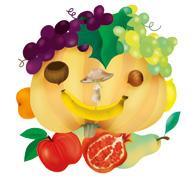
I’m

Building in three dimensions
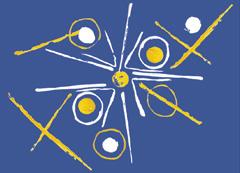
From autumn to Christmas
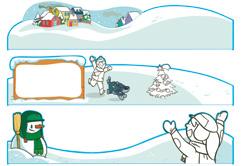
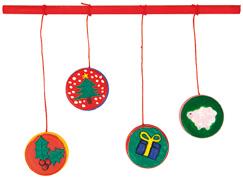

Portraits

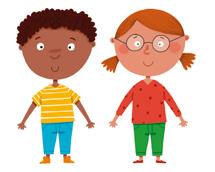
Painting

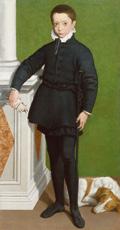
Opening page
Learning situation: What do you think? The facts. Plan of action (make a list of autumn fruits that can help you grow healthy).
SDG 3: Good health and well-being.
Proportion and size of the human figure
The proportions of the human figure. The proportions of my body.
The size of the human figure. Young and old.
Portraits of children
Art styles: Sofonisba Anguissola and Picasso. Create your own style.
Warm autumn colours and shapes
Warm colours. Warm autumn colours (creative composition).
Autumn shapes. My portrait with autumn fruits.
Light and colour
Bright shapes. Bright Christmas colours.
Three-dimensional techniques
Mobile sculptures. A Christmas mobile. Happy Christmas!
Watercolour techniques
Interactive activities.
Soft wax crayons.
Hard wax crayons.
Lead pencil.
Interactive activities.
Coloured pencils.
Recycled materials.
Coloured paper.
Interactive activities.
Scrap paper.
Glue stick.
Ruler.
Thin felt-tip pens.
Interactive activities.
Thick felt-tip pens.
Tempera paints.
Interactive activities.
Tempera paints and paintbrush.
Scissors.
Computer or tablet.
Interactive activities. Porfolio My progress
Interactive activities.
What do you think? Do you eat vegetables every day? What about fruit? How many pieces of fruit do you eat a day?
The facts
To grow healthy, we need to eat fruit and vegetables every day.
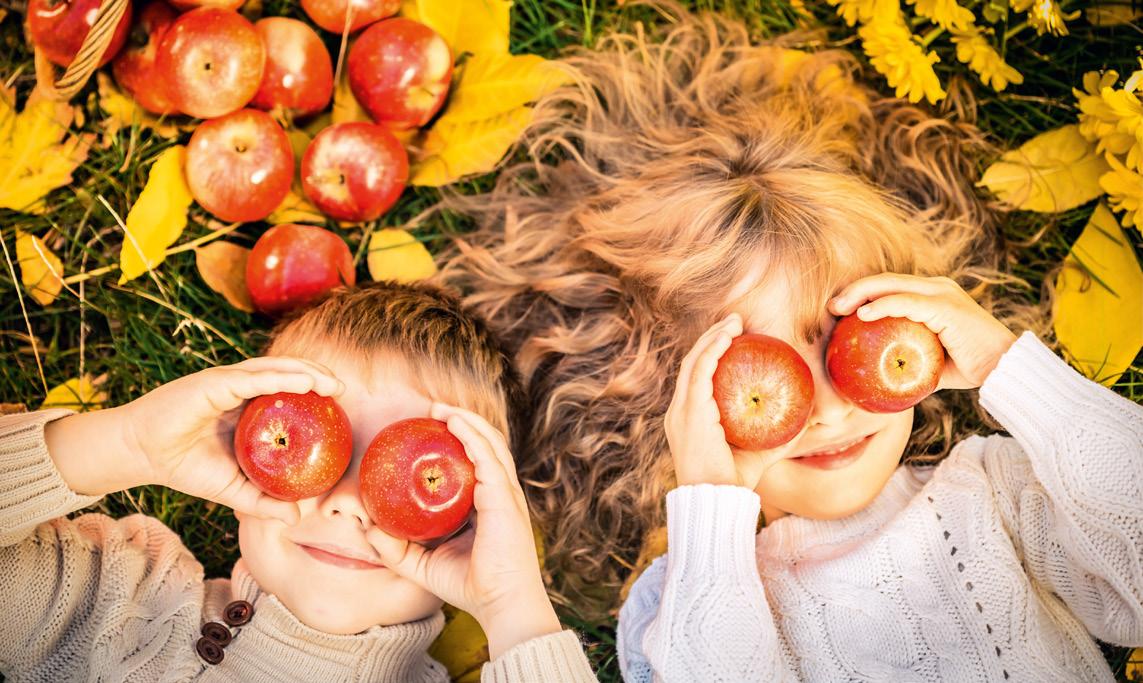


The unit opens with a learning situation: an SDG goal serves as a springboard for students to focus their thoughts and come up with a forward-thinking solution.
The context of the learning situation in this unit is determined by SDG Goal 3, good health and well-being.
This image puts students front and centre of the learning situation, motivating them to learn, explore and delve deeper into possible solutions.
1.1
I’m growing
up
CREATE:
LOOK Warm colours Wtuh de™ ^_ @A u r<= 45p p:; a ® 45> 67h:; p 45 n 45 n g? Céè r de:;Þ.

1.2 From autumn to Christmas fourteen
Sierra Nevada en Otoño, Granada (1909), Joaquin Sorolla. Museo Sorolla (Madrid).
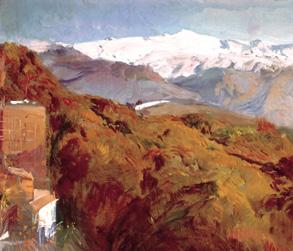
BUILD: Merry Christmas!
Questions that help them to learn about proposed situation and to identify it in their daily life.
U1 14
• The size of the human figure
• Art styles: Sofonisba Anguissola and Picasso
• The proportions of my body
• Young and old
• Create your own style
U1
LOOK:
• Warm colours
• Autumn shapes
• Bright shapes
• Mobile sculptures
CREATE:
• Warm autumn colours.
Composition
• My portrait with autumn fruits
• Bright Christmas colours
• A Christmas mobile
PAINT: Happy Birthday!
The facts What do you think? Plan of action LOOK The proportions of the human figure Céè r89de:; 67h:; 89 u45 :; TU h89 *+^_ r r:; TU ~òp89 n89∂ 89 h:; Δ yÄÅ n89∂ g 45 67<= > 67h:; p 89hi u r:;Þ. 1.1 I’m growing up eight
Information about the fundamental aspects central to the proposal to achieve the objectives of this learning situation.


Digital resources
Interactive activity
Brainstorm ideas for the following questions: Who is the tallest person you know? Can you name any famous building? Are they big or small? Which is bigger: our textbook or the planner?
Select different classroom objects (blackboard rubber, pen, schoolbag, books…) and ask the pupils what size relationships there are between them.
Look at the picture at the top of the page and answer the questions: How many boys and girls are there in the picture? Are they all the same height? Who do you think
is the oldest? And who is the youngest? Do you remember what you were like when you were in nursery? Is there a silhouette that looks similar to you when you were this age? Analyse the silhouettes of the proposed activity and indicate which correspond to proportions of older people and which to boys and girls.
1 Look for different objects in the schoolbag and pencil case, and classify them according to their size and proportion.

• Search for information on the Internet about human proportions using as keywords: “human proportion”.




Digital resources
Interactive activity
Activity suggestions
Play any game to help pupils recognise their gender and assimilate their body shape: form a group of boys and another group of girls and count them; they have to jump, get up, touch a body part... give orders to one group at a time.
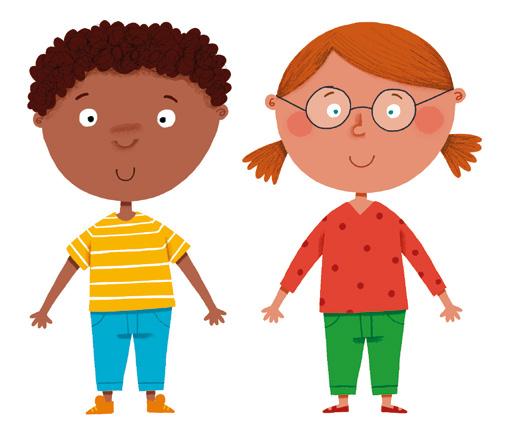
Draw the teacher's body diagram on the board, explaining the steps for creating of the human figure.
1 Draw a male or female classmate, following the steps outlined in the activity in their book.

2 On a piece of paper, every pupil will draw themselves individually and show their drawing to the rest of the class.


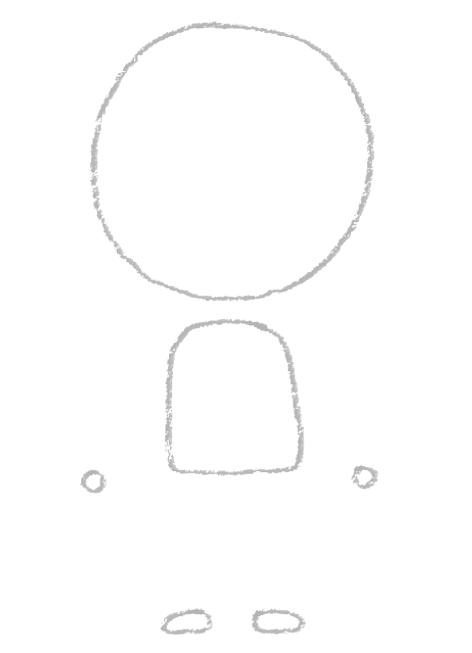
• Search for information on the Internet about human proportions in other periods and cultures, using, for example, as keywords: “human proportions in Ancient Egypt”.
Emotional education
This activity encourages recognition and personal acceptance.
Digital resources
Interactive activity
Activity suggestions
Brainstorm ideas to analyse the work of art with, for example, the following questions: Do you know who Francisco de Goya is? Do you know what a court painter is? Do you know any of his works of art?

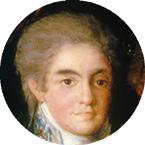
Observe the painting La familia de Carlos IV by Francisco de Goya and analyse the subjects, their clothing, possible relationship, professions… Then, make up a story based on the subjects' gestures or non-verbal communication.

1 Based on the characters in the painting La familia de Carlos IV , make up a sequenced story with the stories that the pupils tell in assembly.
2 Do a small performance of the work of art.
• Visit the Museo del Prado website to learn more about Francisco de Goya and his works of art:
https://www.museodelprado.es/coleccion/obras-dearte?search=GOYA
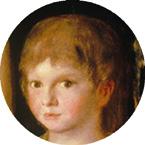
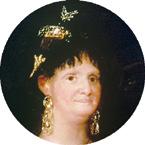
https://www.museodelprado.es/coleccion/artista/goyay-lucientes-francisco-de/39568a17-81b5-4d6f-84fa12db60780812

Digital resources

Interactive activity
Exhibit photographs of friends, relatives, etc., and present them to the class. Briefly explain if they are older or younger. If any pupil brings a photograph of their pet, we can analyse its size and proportions.
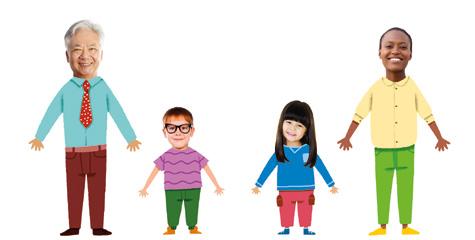
Analyse which characters have been selected and which human figure corresponds to them (elderly, adult, adolescent, boy or girl, baby...)
Observe the models provided before making your own decoration of the characters.
1 Take pictures of classmates, print them and, with their faces cut out, carry out the same activity.
2 Draw a family tree of human figures.
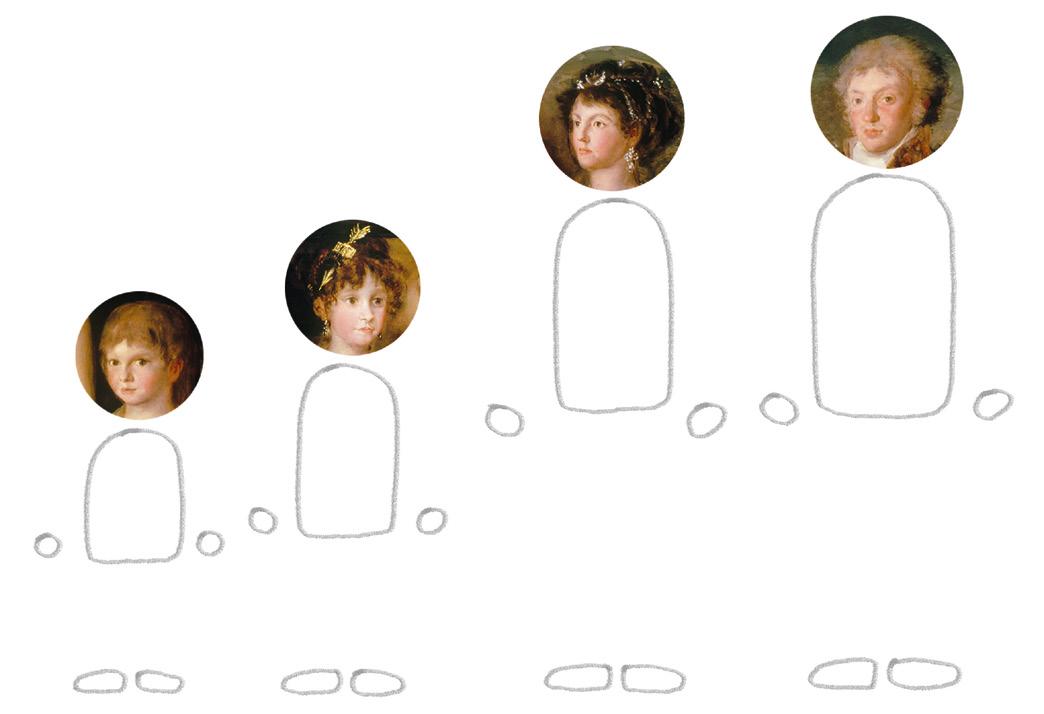
Resources

Digital resources
Interactive activity
Activity suggestions
Select the child portraits by other artists to analyse the characteristics that define their different styles. Analyse both paintings and compare their colour and the treatment of the human figure they present. Look for the geometric forms that appear in the work of Pablo Picasso, and identify realistic characteristics in the work of Sofonisba Anguissola.

Complementary activities
1 Search for the biographies of Pablo Picasso and Sofonisba Anguissola and present them to the class.
• Visit the Museo del Prado website to learn about Sofonisba Anguissola and her works of art:
https://www.museodelprado.es/aprende/enciclopedia/ voz/anguissola-sofonisba/949e390c-13b0-429d-99c92b98f2e89a32
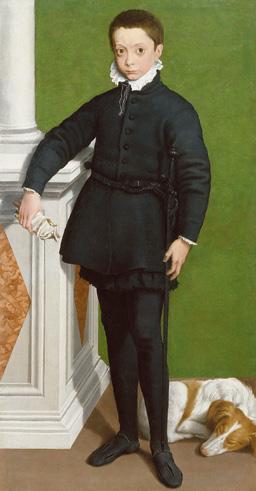
https://www.museodelprado.es/coleccion/artista/ anguissola-sofonisba/d3c474ef-a960-4f9e-b9af4ace52588da2
Keys + info anayaeducacion.es
ICT
Interactive activity about the works of Sofonisba Anguissola.

Digital resources
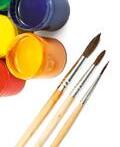
Interactive activity
Take a close look at the colours in Pablo Picasso's Maya con muñeca . Describe the hard waxes technique and how to care for and clean them.
Before carrying out the activity in the box on the right, make a preliminary sketch of the portrait of a friend in their own artistic style, then colour it using any technique. In this task it is essential that pupils enjoy themselves and be creative with total freedom.
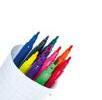


1 On a piece of paper, draw their portrait in their chosen style, whether in the style of Sofonisba Anguissola, of Picasso or that of another artist. The resulting mural with all the portraits of the class will be placed in the classroom, in the corridor or in another place in the centre.


• Visit the website of the Picasso Museum in Malaga to get to know this artist in depth and discover his works: https://www.museopicassomalaga.org/
Digital resources
Interactive activity
Brainstorm ideas with the question: What are warm colours?
Explain the characteristics and elements of autumn: how the leaves on the trees change, which fruits are in season (pomegranates, chestnuts, etc.). Talk about colours and which ones are warm and why they are called that. Show a small scheme of warm colours, so that the pupils can better identify them.
Start a debate about the feelings and emotions that warm colours cause in us.
Observe Joaquín Sorolla's work Sierra Nevada en otoño and express how it makes us feel.

List the colours that this work presents and select the warm ones.
Explain the concept of cool colours. Then, provide information about Sorolla, his style and his works.
1 Find other works by the artist and discuss the warm colours featured and Monet's painting style.
2 Examine the surroundings and name the colours they see.
• Visit the website of the Museo Sorolla to see more paintings of the artist.
Digital resources
Interactive activity
Show pictures of other seasons of the year and compare the characteristics of each one, focusing on the colours that differentiate one season from another.
Observe the colours and characteristics of autumn in the landscape photo in the book and name them on a brainstorm. Then write them on the board.
Indicate that they have to cut out the larger pieces first and, once all of them have been cut out, create a composition by overlaping them first without gluing them, to observe the result and be able to modify it.
1 On a piece of paper or cardboard, create an autumn collage by gluing leaves, nuts, chestnuts, etc., which will be displayed in the classroom as decoration.

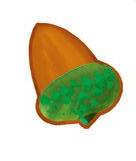

2 While working on the visual arts work, sing a traditional song about autumn.
3 Draw the shape and veins of an autumn leaf by placing it under a piece of paper and shading over the paper with a pencil. Then decorate it.

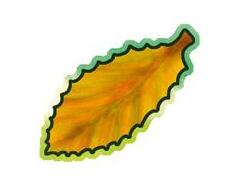
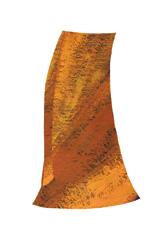
• Search on the Internet for information about autumn, with the keywords: “autumn season”.
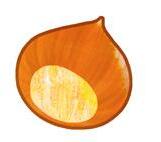



Digital resources
Interactive activity
Ask the class to bring autumn fruits and identify which ones are represented in Arcimboldo's work.


Show other paintings by Giuseppe Arcimboldo and examine their creativity and originality.

Observe the work and analyse its colours, shapes and originality: What colours stand out in the work? Are there warm colours? Which ones? Which foods appear? Which have warm colours? Which shape do these foods represent? Do you think Arcimboldo was original? Why?
Organise small talks in which the pupils express their opinions on Arcimboldo's style.
1 Bring autumn fruits and, as a group, make an autumn sculpture. Before doing so, agree on which foods are going to be used to compose the face.

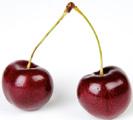

• Visit the website of the Louvre to see works by Giuseppe Arcimboldo and other artists of the Italian movement to which he belongs:
https://www.louvre.fr/es/explora/el-palacio/la-pinturaitaliana-en-perspectiva
Keys + info anayaeducacion.es
Learn by playing
Playful activity to identify compositional elements of the work Autumn, by Arcimboldo.
To work comprehensively on this activity with Science, ask the pupils how many pieces of fruit they eat per day, what they eat for breakfast, what they have for lunch, etc. Analyse the guidance models that are offered in the book (elements, colour, composition). Classify the colours of the models into warm and cold, paying special attention to the former.
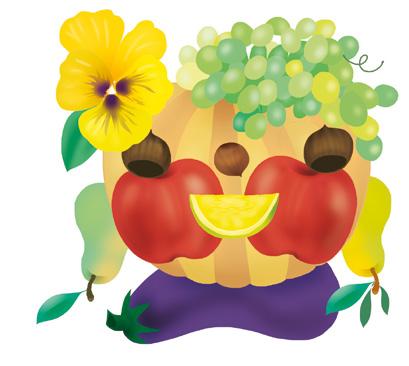

Start by making a sketch of your composition. Then draw and colour it.


Once the activity is completed, describe the composition created, listing the foods and colours used and the steps followed.
1 On a piece of paper or card, draw food (those that appear on pages 18 and 19 and others) then classify them. This activity will support the area of Science.
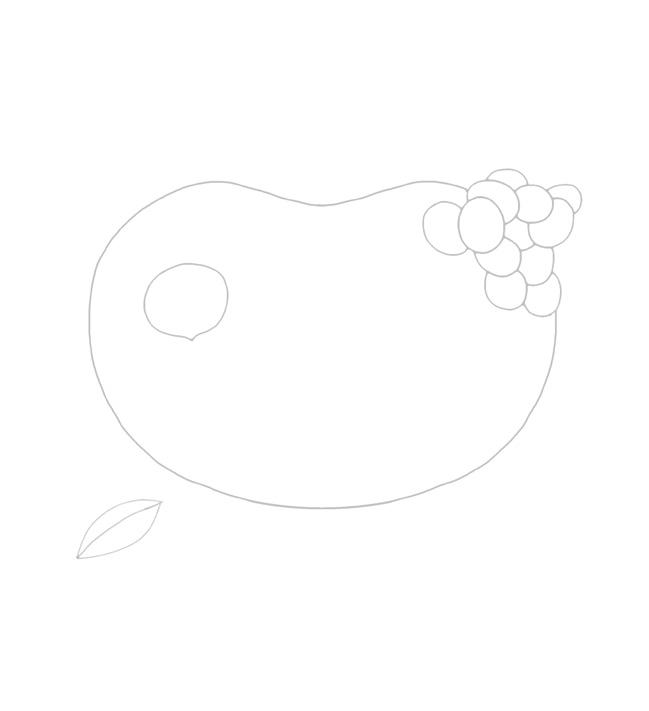
2 Convert the composition that the pupil has drawn and coloured on page 19 of their book into a sculpture. To do this, they will bring to the classroom the elements that they have represented on paper.
Digital resources
Interactive activity
Find the geometric shapes that are worked on the page in the classroom and in the environment.
Brainstorm ideas about the different Christmas decorations on your street, in your neighbourhood, city or town, etc. Analyse the geometric shapes used in the decorations. Show other photos of Christmas lights and analyse their colours, shapes and lights.
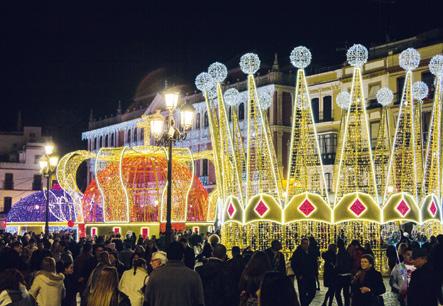



Invite the pupils to share their emotions and feelings about Christmas decorations.
Look at the four photographs above and analyse them, describing their colours.
In addition to getting to trace the geometric shapes that appear on the page drawn with a dashed line. You can ask them to colour them in.
1 Take pictures of the Christmas lights in their neighbourhood, city or town, etc. Take them to the classroom and analyse their light, colour and geometric shapes.
• Search for information on the Internet and select pictures to analyse in class with the keywords: “Christmas lighting”.


Digital resources
Interactive activity
Find the geometric elements that appear in the models of this activity. Classify them into open or closed lines and circles.

Observe the colours of the models. Then, make a small diagram on the board where light colours are separated from dark colours.
Create a composition on the blue background with chosen geometric shapes, but always with the materials that are proposed. Card can be folded or made into shapes. When the printing work is finished, complete the activity using soft wax.
1 On a piece of paper, they will create a pattern for a garment of clothing using the printing technique.
• Watch videos about the “printing technique for children”.



Digital resources
Interactive activity

Ask the class the following question: What comes to your mind if you think about a sculpture? From the answers, investigate and write a commonly agreed definition. Search the internet for the definition of sculpture established by the dictionary, to better understand that a mobile is a sculpture.
Show the class examples of famous sculptures and the environment to help them better understand these kinds of visual arts expression.
Analyse and show the differences and similarities between a painting and a sculpture.

Explain to the class what a mobile sculpture is and talk about Alexander Calder and his works.
Observe Calder's mobile and analyse its shapes and colours.

1 Draw the mobile sculpture that appears on the page on a blank sheet of paper and colour it in.

• Search for more information on the Calder-Picasso exhibition that took place at the Museo Picasso de Málaga in 2019-2020.

Digital resources

Interactive activity
Gather and prepare all necessary materials in advance. Propose different templates for the decoration of the caps. They can be put on the blackboard or distributed around the tables.

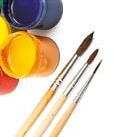

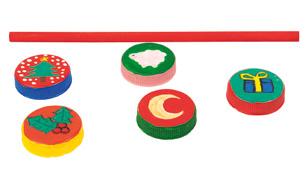

Explain the steps to make the Christmas mobile, emphasising the importance of not skipping any of them. If they choose to create the mobile as a team, each member can pick a decorative motif for one of the caps.
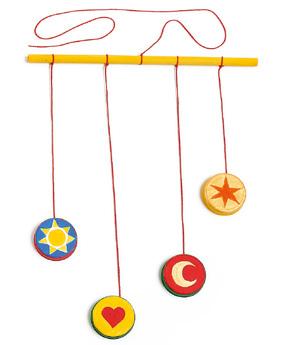

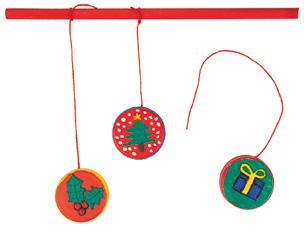
1 Present the mobile to the class and explain the decoration we have made.
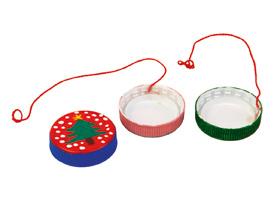
2 Make a necklace with the caps left over from the activity. They will be decorated and glued to a wool thread forming a chain.


Use the “Thinking heads” technique.




Create a diagram in which pupils express wishes and greetings to write on a Christmas card. Ask the class how Christmas makes them feel.

Explain what a die is, describing in detail the steps of this Christmas pop up
Observe all the elements of the picture of the die and indicate which ones are characteristic of Christmas. Punch out the die very carefully and stick it on a cardboard to give it greater consistency.
1 Work together to make a wishing tree. Each pupil will write a Christmas wish or message on card and decorate it taking in a Christmas style. All the wishes will be placed somewhere in the classroom or centre in the shape of a Christmas tree.
Explain in detail the steps in creating the painting with tempera, placing special emphasis on the cleanliness of the brush and the importance of not mixing the colours.
Begin the task by drawing the candles on the cake and freely completing the decoration. When painting, we will insist that the brush must be cleaned every time the colour is changed.

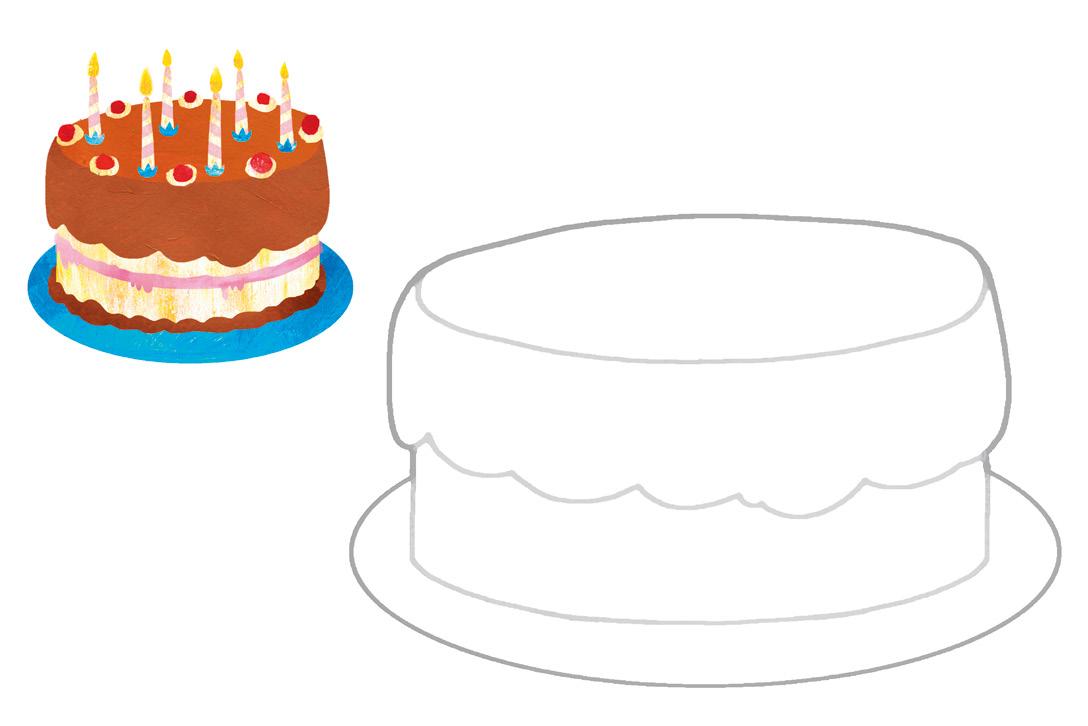
1 Organise an exhibition with all the cakes in the class. In this way, they will be able to observe the different creations.
• Watch videos on the “tempera technique for children”.









Pupils should reflect and express how they have learned and how they have felt when working on the unit, and learned when working as a team.



1 To facilitate metacognition, pose questions such as:
– What have I accomplished in this unit? What have I done well and what do I have to continue doing? What have I not done so well and what can I do better?
– How have my classmates helped me? How have I helped them?
– What has most helped me to learn? What has been my favourite thing? What has been the most difficult thing for me?
This proposal is aimed at achieving goals in the learning situation in order to transform. It requires that students apply the basic knowledge learned in the unit and allows them to work on a final product and a relevant reflection for it to be shared.




